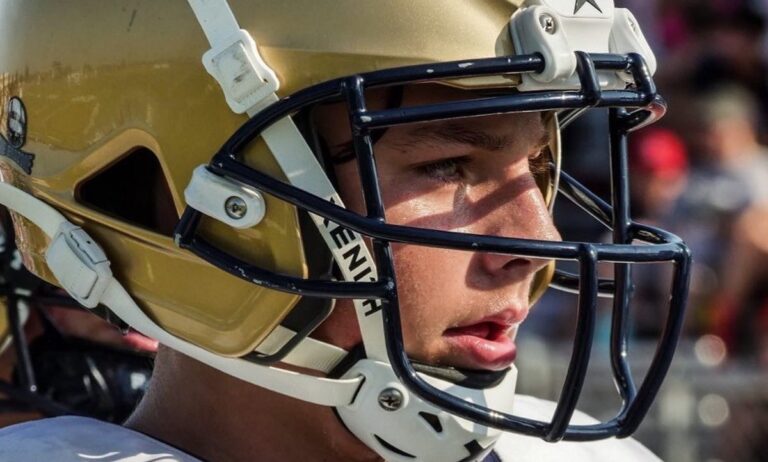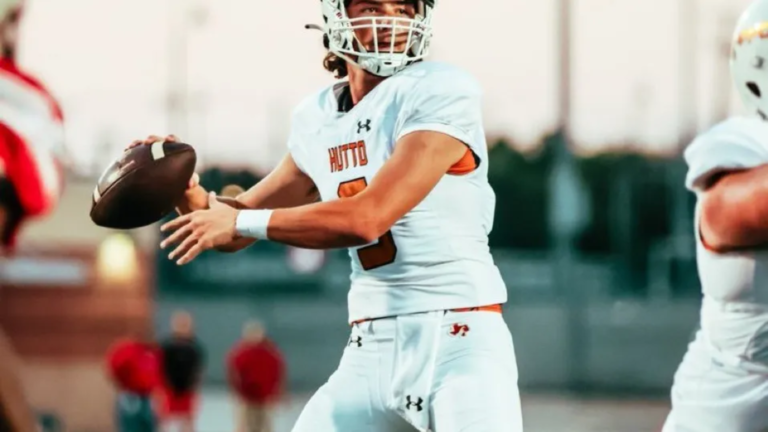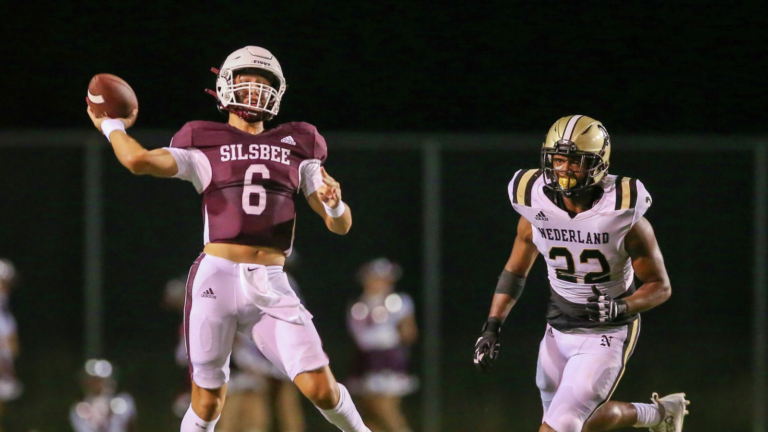College sports have always been a topic of interest for sports fans and enthusiasts alike. However, in recent years, a new topic has arisen in the world of college sports: name, image, and likeness (NIL) for college athletes. This topic has become an important part of the discussion in the world and the future of college sports, and it has the potential to change the landscape of college athletics as we know it.
What is name, image, and likeness?
Name, image, and likeness (NIL) refers to the ability of college athletes to profit from their own name, image, and likeness. This means that college athletes can earn money from endorsements, sponsorships, and other opportunities that come their way based on their personal brand.
Why is name, image, and likeness important for college athletes?
College athletes have long been prohibited from profiting off of their own name, image, and likeness due to NCAA rules and regulations. This has been a contentious issue for many years, as college athletes have argued that they are being exploited by the NCAA and their respective universities.
The NCAA has historically justified its prohibition of NIL by citing the importance of amateurism in college sports. The NCAA has argued that allowing college athletes to profit from their name, image, and likeness would undermine the amateur status of college sports and could lead to corruption and unfair advantages in recruiting.
However, many people have criticized the NCAA’s position, arguing that it is unfair to prevent college athletes from profiting off of their own name, image, and likeness when coaches, athletic directors, and other administrators can earn millions of dollars from college sports.
What changes have been made to name, image, and likeness rules?
In recent years, there has been a growing movement to allow college athletes to profit from their own name, image, and likeness. In 2021, several states passed laws allowing college athletes to earn money from endorsements and sponsorships. This prompted the NCAA to change its rules and allow college athletes to profit from their name, image, and likeness starting in July 2021.
Under the new rules, college athletes can earn money from endorsements and sponsorships as long as they are not related to their athletic performance or ability. For example, a college athlete can appear in a commercial for a local business, but they cannot be paid for their performance on the field or court.
What does name, image, and likeness mean for the future of college sports?
The impact of name, image, and likeness on college sports remains to be seen. Some believe it will level the playing field and allow college athletes to earn the compensation they deserve. Others worry that it will create an uneven playing field, with athletes at larger universities and in more popular sports having greater opportunities to profit from their name, image, and likeness.
Regardless of the outcome, it is clear that name, image, and likeness is an important issue in the world of college sports. It has the potential to change the way we think about amateurism and compensation in college athletics, and it will be interesting to see how it plays out in the years to come.



